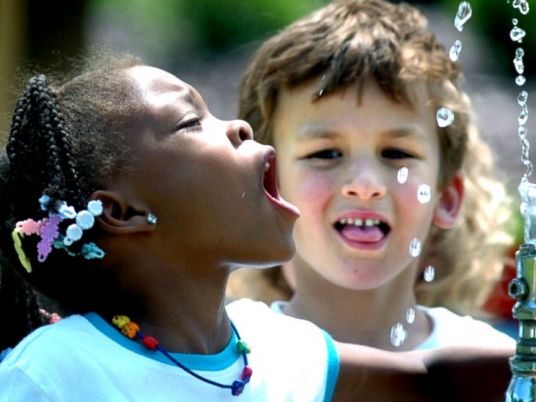
More than one in four US children are exposed to weapon violence before their eighteenth birthday, either as victims or witnesses, a large study suggests.
About one in 33 kids are directly assaulted during incidents involving guns or knives, researchers report in the journal Pediatrics.
“Millions of children are being exposed to violence involving weapons, and many of them are victimized by guns and knives, with an elevated risk of trauma and serious injury,” said lead study author Kimberly Mitchell, a scientist at the Crimes Against Children Research Center at the University of New Hampshire.
All told, more than 17.5 million children in the US are witnesses to, or victims of, assaults with weapons – far exceeding the number of kids who have diabetes or cancer. The experiences put them at increased risk for depression, anxiety and other mental health disorders as well as difficulties with school, work and relationships.
Mitchell and colleagues analyzed data from a national telephone survey of 4,114 children aged 2 to 17 years. Roughly half were at least 10 years old and answered their own questions during the phone interviews with researchers. Caregivers answered questions on behalf of kids under 10.
Slightly more than half of the participants were boys. About 57 percent of the kids in the study were white, while 15 percent were black and 19 percent were Latino.
Many lived with two adults, whether their biological or adoptive parents or stepparents, while about 36 percent of the kids lived with single parents or another caregiver.
Families in the study came from all income levels, with about 62 percent of children living in middle-class households.
Boys, minorities, and kids from low-income families or households not headed by two biological or adoptive parents were most likely to be exposed to weapon violence, the study found.
Much of the violence involved objects such as sticks, rocks, bottles, but about 3 percent of children reported exposure to guns and knives.
Gun and knife violence didn’t vary by gender, although older children were more likely to experience it. The odds of being a witness or victim in an attack with these lethal weapons were higher for kids not living with their biological or adoptive parents as well as for kids who carried these weapons themselves or had friends who did.
“This study represents typical American kids at a range of incomes and shows that their exposure to violence is very widespread and common,” said Dr. Denise Dowd, a specialist in pediatric emergency medicine at Children’s Mercy Hospitals and Clinics in Kansas City, Missouri.
Children who are repeatedly exposed to weapons, whether it’s domestic violence or gangs or bullying or fighting at school, are at risk for particularly troubling outcomes, said Dowd, who wasn’t involved in the study. These kids can experience what’s known as toxic stress, when traumatic events produce changes in the brain that can lead to other health problems.
Stress sets off alarms in the brain that trigger the nervous system to release hormones to sharpen the senses, tense the muscles, speed up the pulse and deepen breathing. Commonly called a flight or flight response, this biological reaction helps people defend themselves in threatening situations.
Routine exposure to stress can lead to immune system problems, heart disease, nervous system complications and mental health disorders, previous research has found.
“When you are exposed to this toxic stress, the fight or flight instinct is all you have, whether you’re being attacked by a bear in the woods or your father comes home drunk and screaming at you,” said Dowd. “These kids can shut down or they can become hypersensitive and ready to fight at the slightest provocation.”
Often, exposure to weapons happens in the home, making it crucial that parents keep guns locked, unloaded and out of reach, she said.
Parents should also be on the lookout for signs that kids may be experiencing violence at school or in the community. Even when children don’t talk about it, they might indicate a potential problem by refusing to go to school, complaining of headaches or stomachaches that don’t appear to have a medical cause.
“The most important thing any parent can do is create a home environment that’s nurturing and supportive,” she said. “And, be attuned to sudden changes in how children act because before they have words for what is going on their bodies will respond.”




